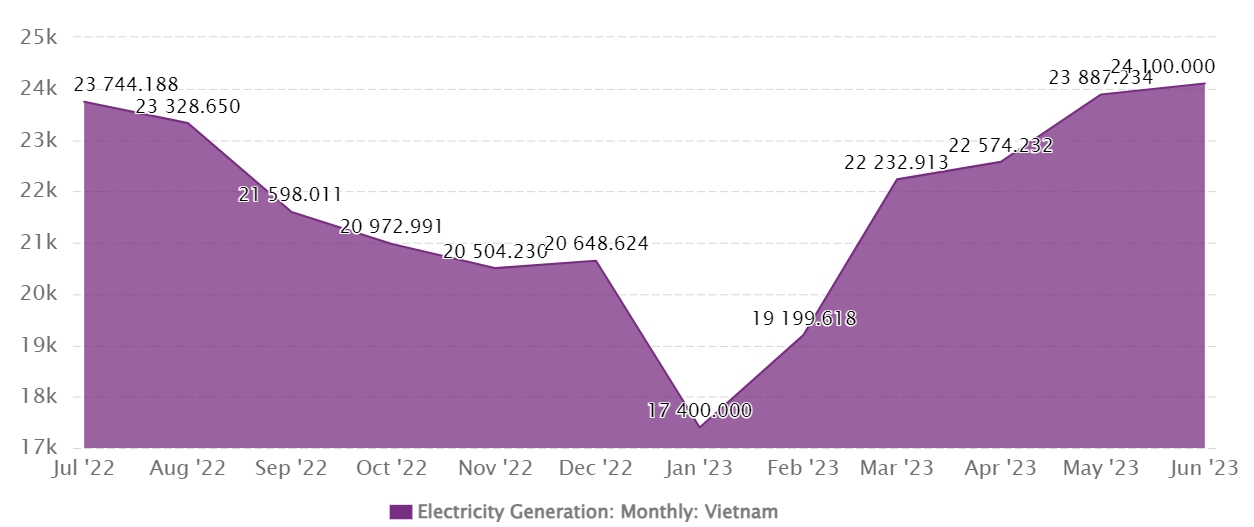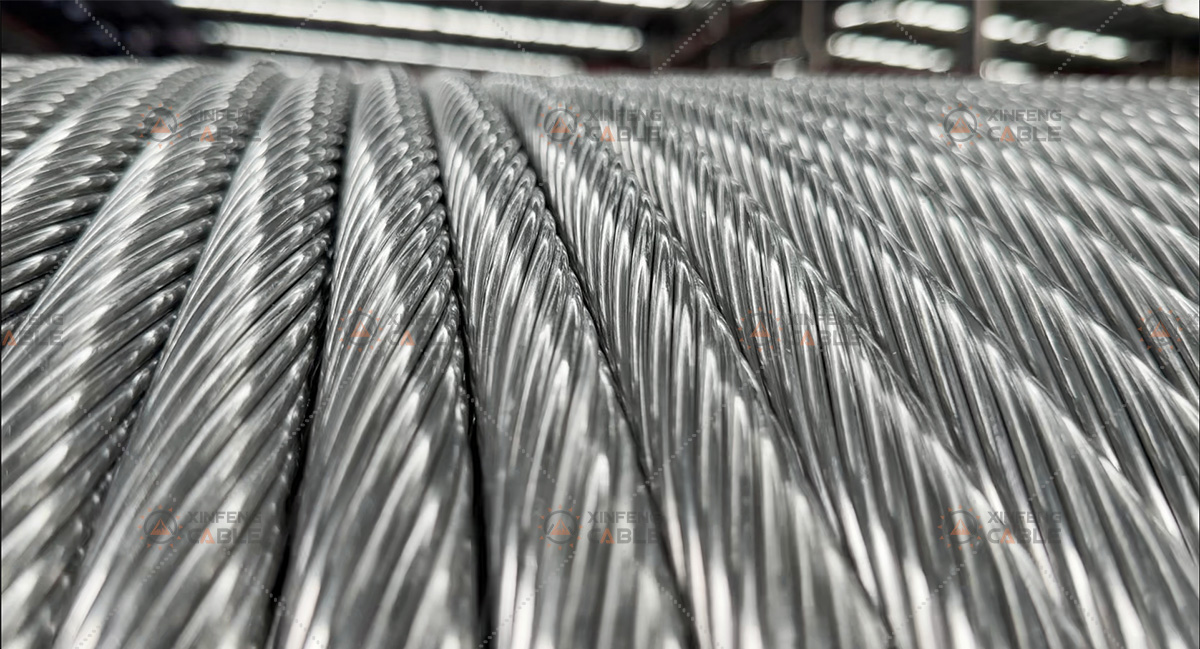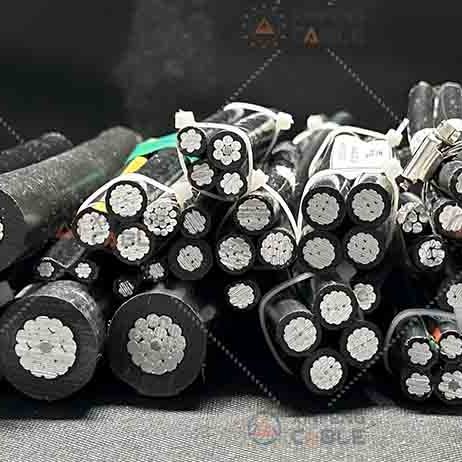Big gap, but growing fast! Vietnam’s power generation rises to 260 billion kWh, 20th in the world
For the full year of 2022, Vietnam’s overall power generation capacity lifted to 260 billion kWh, a 6.2% jump year-on-year. By country, Vietnam’s global share of power generation rose to 0.89%, officially stepping into the ranks of the world’s top 20 list.
In its “Statistical Yearbook of World Energy 2023”, BP pointed out that global power generation totaled 2,916,510 billion kWh in 2022, up 2.3% year-on-year, but the pattern of power production continued to be unbalanced.
Among them, the Asia-Pacific region as high as 145,464 billion kilowatt-hours of power generation, up 4% year-on-year, the global share of nearly 50%; North America’s power generation was 55,480 billion kilowatt-hours, up 3.2%, the global share of 19%.
However, Europe’s power generation in 2022 fell to 390.9 billion kWh, shrinking by 3.5% year-on-year, and the global share slipped to 13.4%; the Middle East’s power generation was about 1365.1 billion kWh, up 1.7% year-on-year, an increase lower than the global average share, and the share fell to 4.7%.
For the whole of 2022, the entire African region’s power generation capacity is only 892.7 billion kWh, shrinking by 0.5% year-on-year, with the global share slipping to 3.1% – just slightly more than one-tenth of China’s power generation capacity. This shows that the global power production pattern is indeed extremely uneven.
By country, China’s 2022 power generation was as high as 88,487 billion kilowatt-hours, up 3.7% year-on-year, with the global share expanding to 30.34%, continuing to be the world’s number one producer of electricity; the U.S. ranked second, with 45,477 billion kilowatt-hours of power generation, accounting for 15.59% of the total.
It was followed by India, Russia, Japan, Brazil, Canada, South Korea, Germany, France, Saudi Arabia, Iran, Mexico, Indonesia, Turkey, the United Kingdom, Spain, Italy, Australia, and Vietnam – with Vietnam in the 20th position.
Electricity production grows rapidly, but Vietnam still lacks electricity
Vietnam is rich in hydropower resources, with the average annual runoff of rivers, including the Red and Mekong rivers, totaling up to 840 billion cubic meters, ranking 12th in the world. Hydroelectricity, as a result, has become an important power production sector in Vietnam. But unfortunately, this year’s rainfall has been low.
Superimposed on the impact of high temperatures and dry weather, many places in Vietnam have experienced power shortages. Among them, Beijiang Province, Bac Ninh Province, a number of districts need to “rotating blackouts, rotating power supply”, even Samsung, Foxconn, Canon and other such heavyweight foreign-funded enterprises power supply, but also can not be fully guaranteed.
In order to alleviate the power shortage, Vietnam had to once again to China’s Southern Power Grid “Guangxi Power Grid Company” put forward the demand for the resumption of network power purchase. See clearly is “again, resumption”, Vietnam from China to import electricity to meet the needs of residents living, business production has been more than once.
This also shows that relying heavily on hydropower “is an imperfect pattern of power production that is vulnerable to extreme weather”. Perhaps it is also see the current dilemma, the Vietnamese authorities are determined to greatly expand energy production and supply pattern.
Vietnam’s huge power production program, about to start
Under tremendous pressure, the Vietnamese authorities have made it clear that they are going to do two things. The first is to pay less attention to carbon emissions and carbon peaking for the time being, and re-enforce the construction of coal-fired power generation. In May this year, for example, the amount of coal imported into Vietnam rose to 5.058 million tons, a year-on-year surge of 76.3%.
The second is the introduction of a comprehensive power planning program, including the National Power Development Plan for the Phase 2021-2030 and Vision to 2050, which puts energy production at the national strategic level and requires: electricity companies in Vietnam must be able to guarantee an adequate supply of domestic power.
In order to efficiently utilize hydroelectricity, Vietnamese authorities have called for raising the water level of reserved reservoirs to cope with the potentially long hot and dry periods ahead. At the same time, they are accelerating the construction of gas, wind, solar, biomass and tidal power projects to diversify Vietnam’s power production pattern.

















